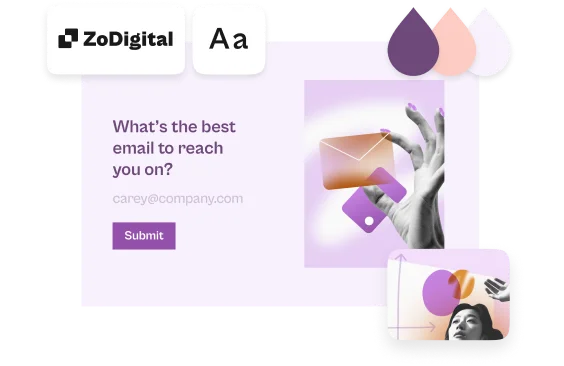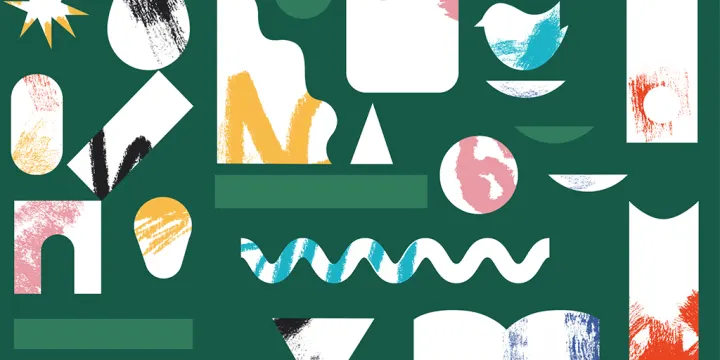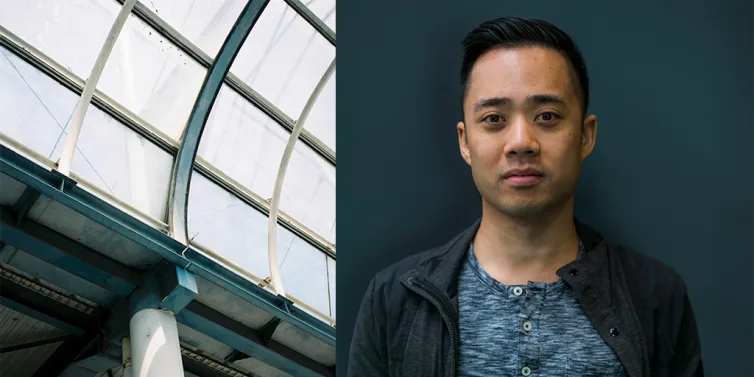Are you advertising on Facebook? If you’re not, then you should be.
One of every five minutes that Americans spend on mobile is on Facebook or Instagram—which is owned by Facebook. So it’s a huge opportunity for your business.
But Facebook marketing also an expense. So it’s crucial to get your ad specs spot on. If you serve up something that looks messy, unprofessional, or hastily put together, then people will tune it out.
How hard can it be?
Well, there are six different ad types. And all need different specs of images and videos depending on their format and placement—newsfeed, Messenger app, and so on.
So let’s make sure you get your Facebook ad specs and images sizes right.
Also important to get right: your Facebook event photo size.
The most up-to-date Facebook ad specs
The first thing you need to know: Facebook ad sizes and requirements change often. And the dimensions also change depending on ad format and where you want it to appear.
Because of these frequent changes, the best place to find the most up-to-date info is directly from Facebook.
So for each of the six Facebook ad formats below, we give you a direct link to Facebook’s up-to-date technical details. And we also highlight some general design specs to keep in mind.
Read on for sizes, specs, and beginners tips to Facebook ads.
1. Image
The Image format is pretty straightforward. Just make sure you stick to the guidelines:
JPG or PNG file type. Note: GIFs should be added as a Video format
9:16 to 16:9 ratio
The highest-resolution available
Include less than 20% text, with the text having a limit of 125 characters
The only exceptions to this are ads that appear as Instagram Stories, as these have their own requirements.
It’s worth noting that if you upload an image that’s different to the recommended spec, it’ll be automatically resized to fit the ad.
Facebook also doesn’t support animated or flash images, but does support panoramic or 360-degree pictures.
Ads aren’t the only way to do Facebook marketing. Have you tried using social media quizzes?
2. Video
The video format is designed with mobile devices in mind, so Facebook recommends choosing a vertical ratio.
Facebook recommends that you “upload the highest-resolution source video available without letter or pillar boxing (no black bars).”
And while most file types are supported, it does specify a preferred type:
H.264 compression, square pixels, fixed frame rate, progressive scan, and stereo AAC audio compression at 128+ kbps.
The other general Facebook video ad specs are:
9:16 to 16:9 ratio
4 GB max file size
1 second minimum video length
240 minutes maximum video length
Captions and sound are optional but recommended
Note that thumbnail images should include less than 20% text, with a limit of 125 characters.
Using Facebook to get more leads? Try our Facebook lead generation template.
3. Collection
Collection ads give potential customers a chance to get to know your product in a more interactive way. Normally this type of ad includes a cover image or video, followed by a number of other images.
In general, you should include the following for Collection ads:
An image or video that’ll be used as the first media asset shown in full screen
A headline of 25 characters max
Text of 90 characters max
4. Canvas
This brings us to the next type of ads: Canvas. When you click on a Collection ad, you go straight to the Canvas “experience.”
This is a full-screen ad that can act like a landing page or immersive experience for your brand. As AdWeek put it:
“The beauty of the Canvas format is that it lays the groundwork for everything you could need in an interactive ad—elements like images, text, video, carousels, slide shows and even store locator buttons—moving so far beyond the single-image-and-copy ad.”
There’s a lot to learn about Canvas ads, with more options, tips, and templates than you can count. For the latest info, go straight to the source:
5. Carousel
The Carousel format allows you to upload up to ten images to one ad, which Facebook users can then scroll through horizontally.
You can choose the order of the images yourself, or you can let Facebook choose them automatically based on performance data.
The recommended requirements for these ads are:
A minimum of two cards, and a maximum of 10
JPG or PNG image file type
A maximum video file size of 4 GB or length of 240 minutes
Maximum image file size of 30 MB
Resolution of at least 1080 x 1080 pixels
Image should include less than 20% text, with a 125 character limit
[component_list_item bullet="6" ]Slideshow[/component_list_item]
6. Slideshow
With Slideshow ads, you upload several images—or use the stock photos Facebook provided in the ad creation process—then Facebook turns them into a video-style ad.
The design requirements are:
Upload the highest-quality images possible
Use images that are all the same dimensions. The ideal resolution is 1280 x 720 pixels, or an image ratio of 16:9, 1:1, or 2:3
Video format should be MOV or MP4
Facebook has put together a step-by-step process to help you create Slideshow ads, as well as an online course to help you get the most out of them.
Want to freshen up your Facebook page? Make sure to get your Facebook cover photo size right.
Which Facebook ad format should you use?
Let Facebook help. Before your choose your ad type and start creating, Facebook asks about your main Facebook marketing objective. Then they help point you in the right direction.
For example, to spark conversations with potential customers, Jasper’s Market created an ad on Messenger. This lets customers reach out to the company directly within the app.
You can also see which objective each ad supports in Facebook’s guide to choosing the right advertising objective.
Here’s a few more examples:
Expanding your reach to people who live near your business or in your community
Reaching as many people as possible
Website conversions
App installs
Communicating better with potential customers
Getting people to claim your offer
If you don’t have much experience, and you’re worried you won’t quite nail the Facebook ad dimensions, then you can mock up, preview, and test your ad in the company’s Creative Hub.
Getting Facebook ad sizes right in 2018
Let’s be honest, Facebook is full of spammy ads that we all wish would go away. So make sure your ad isn’t one of them.
Because ad success—and ad specs—are about more than just meeting the technical requirements.
You need to think about your overall social media marketing strategy, then find an ad format and placement that can support your goals.
That’s how you’ll start converting your Facebook followers into brand fans.





